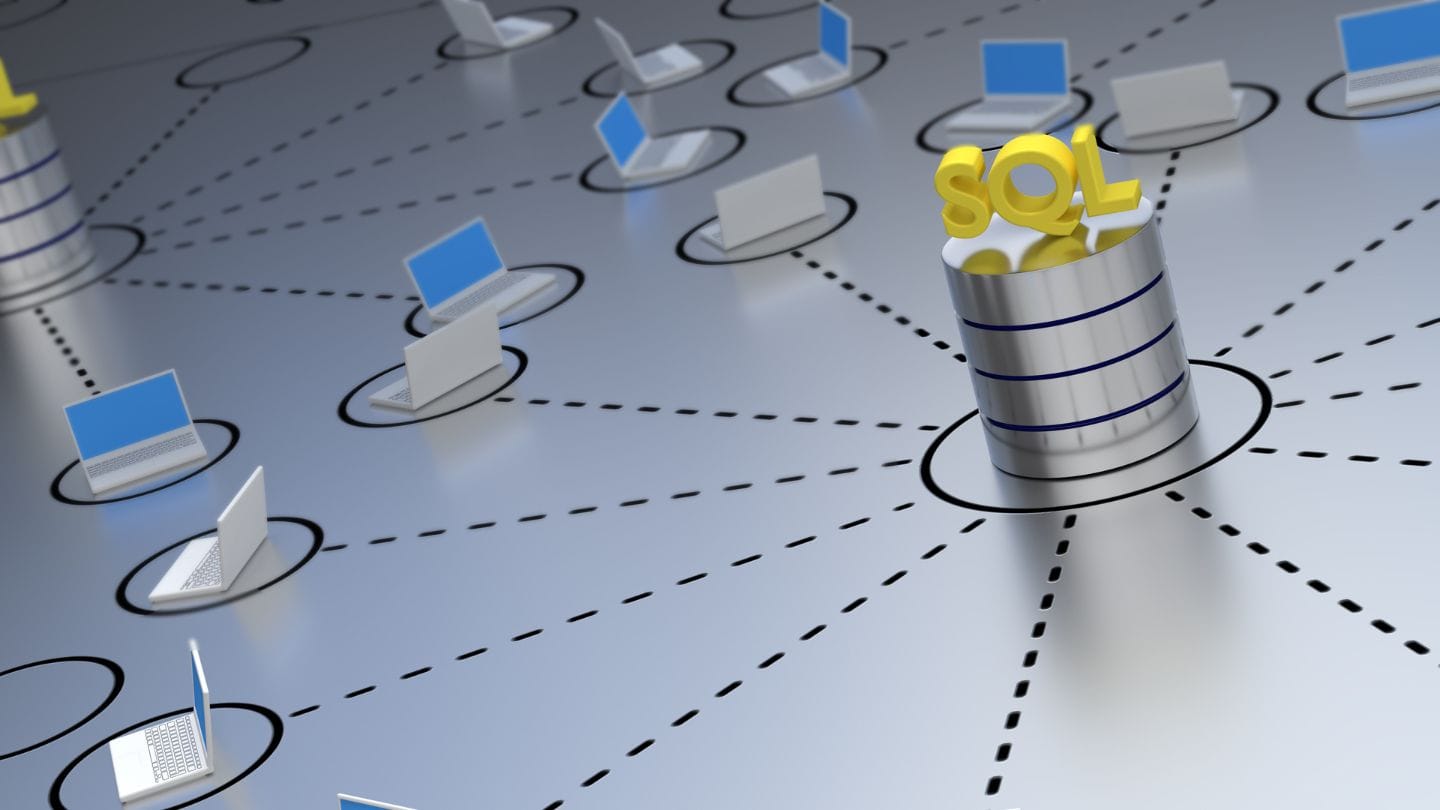Getting to the Core of Microsoft's SQL 2012 Licensing Changes

In anticipation of Microsoft’s release of SQL 2012 later this year (no official release date yet), I wanted to highlight some of the new editions and important license changes that will come with SQL 2012.
It’s been 4 years – yes – 4 years since Microsoft has released a new version of SQL. Four years ago gas was “like” $1.25, people rolled their pants, Spin Doctors were on the airwaves and I’m pretty sure there were dinosaurs. Needless to say it’s been awhile. Just when you thought you understood how SQL 2008 R2 was licensed, Microsoft will be adding a few new wrinkles to their new SQL 2012 server. Among those changes will be a new edition, the demise of another edition, and licensing changes. Yes licensing, is everyone’s best friend.
First and foremost, there are changes in the lineup for what editions are now available with SQL 2012. Enterprise and Standard are still available, however, Datacenter didn’t make the cut. But Microsoft did create a new flavor called SQL 2012 Business Intelligence (BI) that nestles in between SQL Enterprise and Standard. It’s a lot like when the Brady Bunch added Cousin Oliver, they didn’t know quite what to do with him at first, but he seemed to fit right in after he started the pie fight on the Paramount lot. Microsoft is hoping for the same acceptance. Let’s just hope the Business Intelligence edition is not a jinx. Now, with SQL Datacenters out of the picture, SQL 2012 is left with three editions: Enterprise, Business Intelligence, and Standard. By the way whatever happened to Tiger?
SQL will continue to offer two licensing options, the first being the Server/Cal model and the second being a new Core licensing model. In previous versions, SQL had an option to license the processor (socket) and by doing it this way, it allowed for unlimited CALs, but with SQL 2012 they have moved from the socket license to the Core license. SQL 2012 Enterprise Edition will only be offered as a Core license moving forward. It will no longer be offered as a per-server license. SQL 2012 Standard Edition will be offered as both a Core license as well as a Server/Cal license. Business Intelligence will only be offered as a per Server/Cal license.
Core-Based Licensing:
The Enterprise Edition and the Standard Edition Core-based licensing will be sold as Two-Core Packs. To license a physical server properly, you must license all the cores in the server. Here’s the kicker though, a minimum of 4 core licenses are required for each physical processor in the server. So for example, if you have a physical socket with 2 cores you still need 4 Core licenses because that is the minimum. If you have 6 Cores in a socket then you buy 6 licenses and for 8 cores you buy eight. Now the Core license will be priced at ¼ the cost of a SQL Server 2008 R2 Enterprise and Standard Edition per processor license, so in the end it should equal out if you only have 4 cores in the socket. If you have 6 cores in a socket than you would be paying more.
Let’s take a look at what Microsoft is projecting for retail pricing.
Enterprise Edition: Per Core License Only. They are no longer offering Server licenses. Each core will cost $6,874, or $13,748 per Two-Core Pack License.
Business Intelligence: Per Server License Only. $8,592 per Server.
Standard Edition: Both Per Server and Per Core. $898 per Server and $1,793 per Core, or $3,586 per Two-Core Pack License.
CAL: $209 per Cal.
Virtualization Licensing:
There will be two virtualization options in SQL Server 2012. The first is the ability to license individual virtual machines and the second is to have maximum virtualization for more highly virtualized and private cloud environments.
To license a VM with core licenses (for Enterprise and Standard editions) you would simply buy a core license for each virtual core allocated to the virtual machine. Again a minimum of 4 core licenses would be required. To license a VM with a server license (for Standard and Business Intelligence only) you would just have to purchase a server license for each server VM and match SQL Cals for each user or device.
Each licensed VM that is covered with Software Assurance (SA) can be moved frequently within a server farm or to a third-party hoster or cloud services provider without buying an additional SQL Server license.
Now if you want to get really crazy and deploy an unlimited number of VMs on the server, you can do this by purchasing SQL Enterprise Edition with Software Assurance and licensing each physical core on the server. By doing this you have the ability to run an unlimited number of VMs!
Transition to the New Licensing Models:
All existing SQL licenses with Software Assurance can be upgraded to SQL 2012 at no charge. Those of you who own SQL Enterprise Edition per Server/Cal model licenses will be subject to a 20 Core maximum for each server license, however, when it’s time to renew the Software Assurance for your SQL per Server license, you will need to renew under the new Core licensing model. So, for instance, if you have 4 Cores in your server, you’ll be required to renew Software Assurance for 4 Cores.
For SQL Standard and Enterprise per Processor licenses with Software Assurance, at the end of their SA term, processor licenses with be exchanged for core licenses and you can renew the SA on the core license model. Each SQL Enterprise and Standard per processor license under SA will be exchanged for a minimum of 4 core licenses or for the actual number of cores in use. So for instance, if you have 2 physical Cores in the socket, when you renew your Software Assurance you’ll have to renew at least 4 Cores. If you have 4 physical cores in the socket you’ll have to renew 4 core licenses and if you have 6 you’ll be required to renew 6 licenses. SQL Datacenter Server processor licenses will be exchanged for a minimum of 8 Enterprise Edition core licenses for the actual number of cores in use.
With the release of SQL 2012 coming up on the horizon, we definitely recommend looking at purchasing any SQL 2008 R2 licenses with Software Assurance (SA) because the new version’s rights in SA will grant you the ability to run SQL 2012 when it’s released. You obviously don’t have to run SQL 2012 right away, but SA will give you the privileges to do so when you feel the time is right to upgrade.



